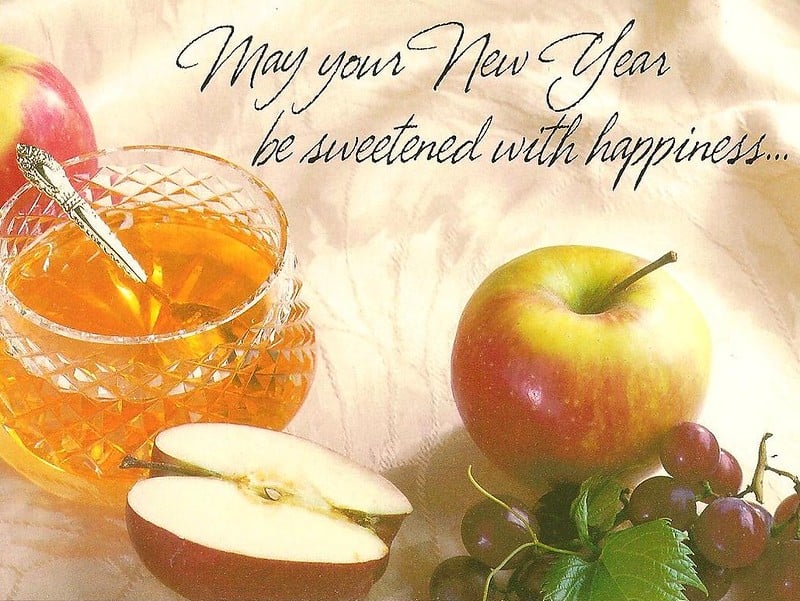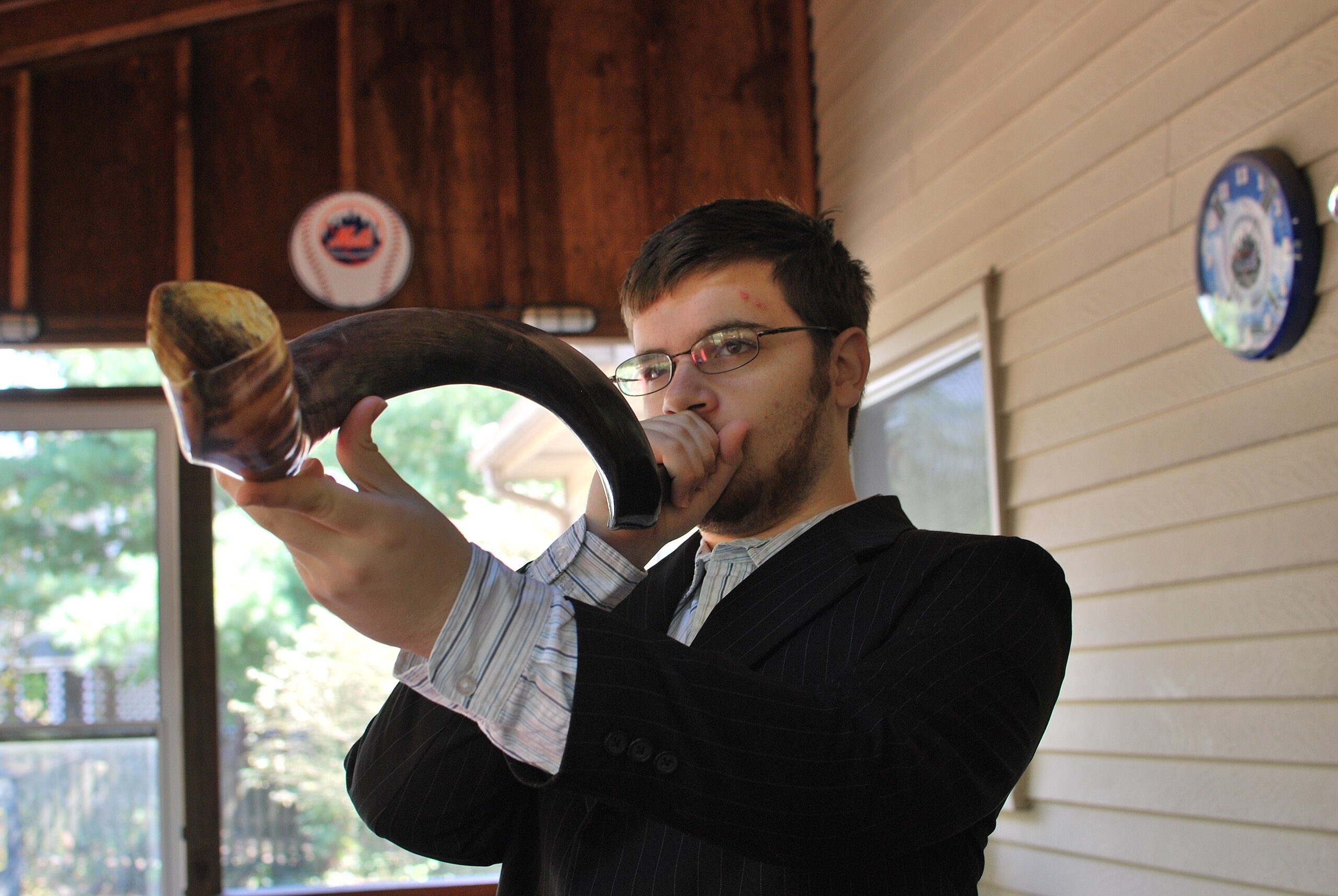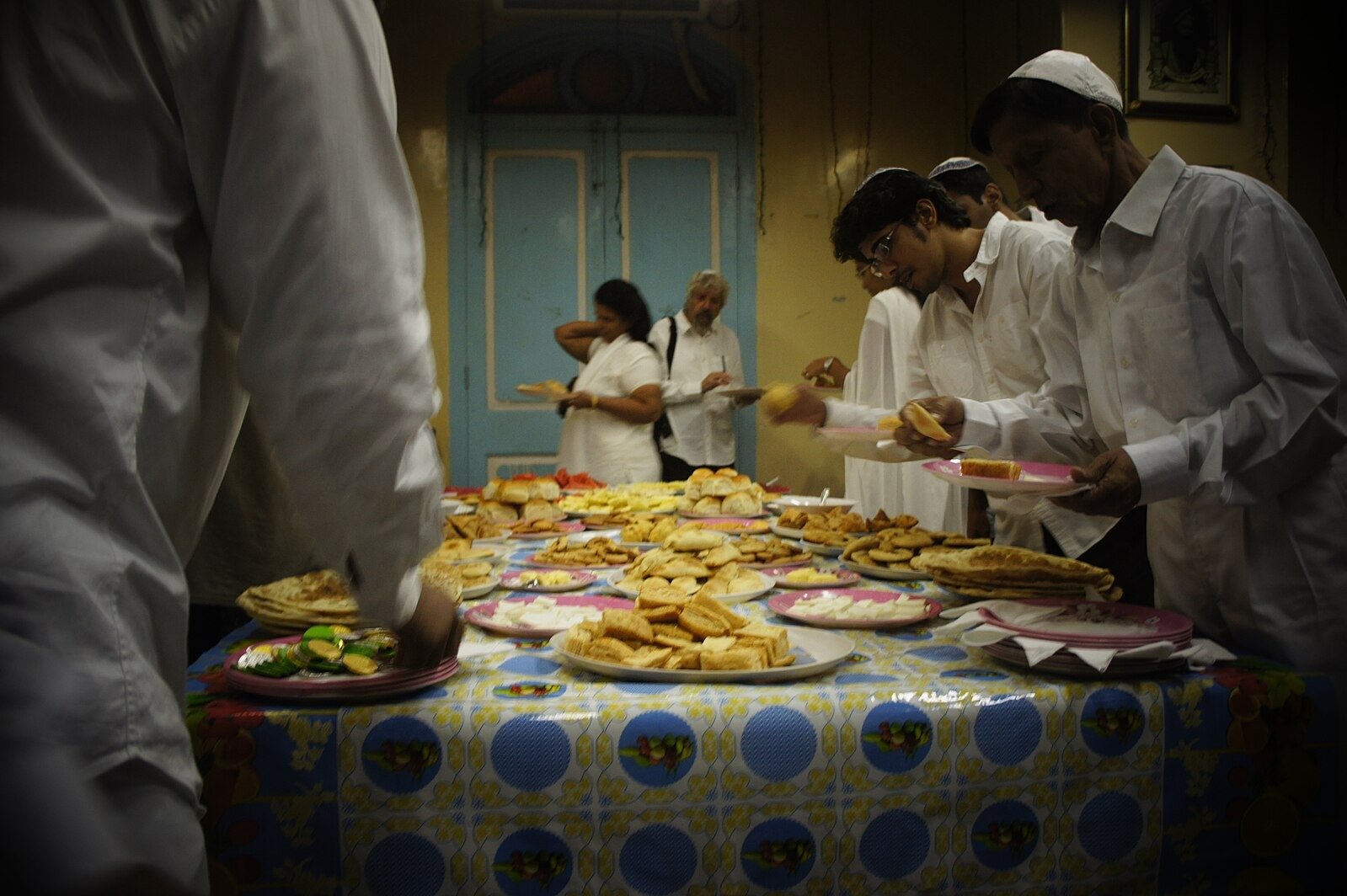The Meaning Of Rosh Hashanah And Yom Kippur
Language
Reading Level
Listen to Article
Alignment

Rosh Hashanah is the Jewish New Year. It is celebrated on the first two days of Tishrei, the first month of the Jewish year. Though the exact date changes, it usually falls in September or October. In 2025, Rosh Hashanah will be observed from September 22 to September 24.
The holiday commemorates the world’s creation and marks the start of the 10 Days of Awe, which end with Yom Kippur. Rosh Hashanah means "head of the year" in Hebrew. However, unlike the lively celebrations of December 31, it is quiet and reflective. It is a time to look back on the past year, consider mistakes, and ask for forgiveness from God and others. People also pray for a good year ahead.

Rosh Hashanah is also marked by several traditions. Observers attend special synagogue services, where they sing and listen to readings from sacred Jewish texts. They also recite prayers from the machzor, a special prayer book used only during Rosh Hashanah and Yom Kippur. Some people follow the Tashlich tradition by throwing pieces of bread into water to show they are letting go of their sins.
Blowing the shofar, a trumpet made from a ram's horn, is an important part of the holiday. It is sounded 100 times during a typical Rosh Hashanah ceremony. Shofar blowers play four types of blasts. There is a long blast called tekiah, three short bursts called shevarim, nine rapid blasts called teruah, and a very long blast known as tekiah gedolah.
Food also plays a symbolic role during Rosh Hashanah. A round challah loaf represents the circle of life, while apples and honey stand for happiness and good health in the year ahead.
Yom Kippur

The 10 Days of Awe end with Yom Kippur, or the Day of Atonement. This year, it will be observed from sundown on October 1 through sunset on October 2. Yom Kippur is the holiest day of the Jewish year. It is spent in continuous prayer at the synagogue, with no work or school. Many also fast for 25 hours, dress in white, and avoid wearing make-up, perfume, and leather shoes. The day ends with a joyous celebration and the breaking of the fast.
Jewish tradition traces Yom Kippur back to the time of Moses. After leading the Israelites out of Egypt, Moses climbed Mount Sinai. There, he received two stone tablets engraved with the Ten Commandments from God. The first commandment told people to worship only God. But when Moses returned, he found the Israelites worshiping a golden calf and shattered the tablets in anger. After the people repented, God forgave them and gave Moses a second set of tablets on what is now called Yom Kippur.
Shanah Tova (Good Year)!
Resources: History.com, Wikipedia.org, Nationalgeographic.com